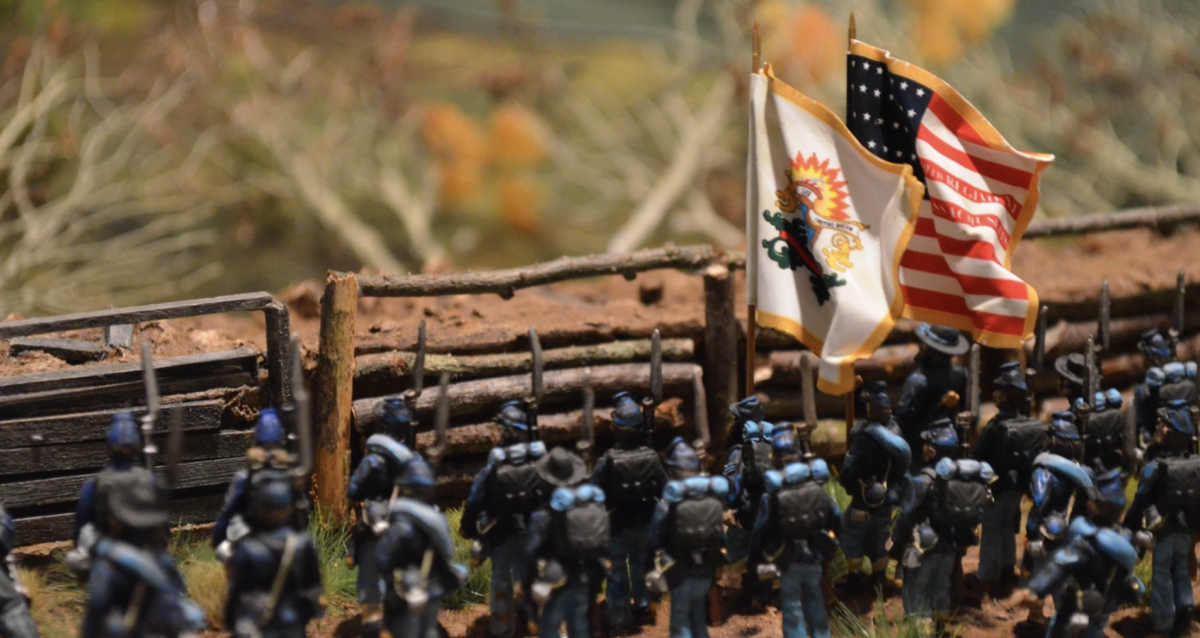14th (NEELY’S) TENNESSEE CAVALRY REGIMENT
Also called 13th Tennessee Cavalry Regiment
Recruited within Federal lines, 1863; organized with 10 companies August 8, 1863; consolidated into seven companies February 1864, and other companies added; consolidated March, 1865 with 15th Consolidated, 21st (Carter’s) and 22nd (Nixon’s) to form Nixon’s Consolidated Regiment; paroled at Gainesville, Ala., May, 1865.Excerpted action….
Meanwhile, the brigade, under Colonel Rucker, went with Forrest on September 18 on his raid into Middle TennesseQ beginning with the capture of Athens, Alabama, continuing as far north as Spring Hill, Tennessee, and recrossing the Tennessee River south of Lawrenceburg on October 8. It then moved back into Middle Tennessee with Forrest in support of General Hood’s invasion, ending with the Battles of Franklin and Nashville. The regiment was at Spring Hill on Novemher 29, the day before the Battle of Franklin, and on the Granny White Pike leading to Franklin, December 16, in the Battle of Nashville. Then followed the protection of General Hood’s retreat from Tennessee, and the withdrawal into Mississippi.
